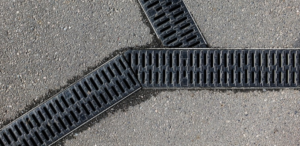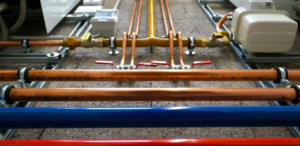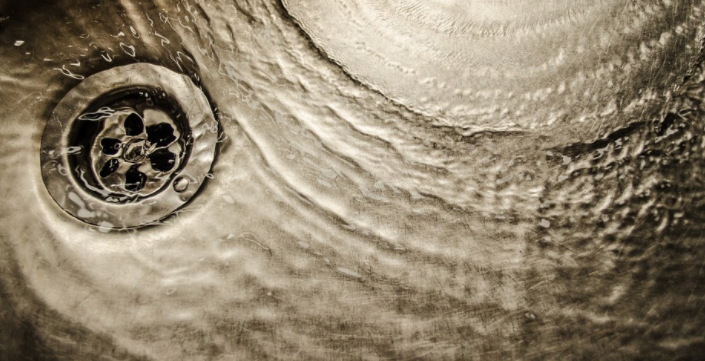Usually, primary condensate drain lines discharge into the domestic sewer system through an open connection to an active trap. These active traps maybe those in the sink or bathtub. In these cases, follow the maintenance instructions below. You can visit e-architect.com that will gives more tips on maintaining your drain line.
Check the Drain Line
 If the drain line from the primary evaporator coil is blocked or leaking, condensate should overflow into the emergency drain pan or infiltrate this line. The emergency condensate drain line or condensate drain line drains to a visible location outside the home. There may be a water leak from the emergency drain line, indicating a severe defect in the primary condensate drain system. It is essential to call a technician immediately. Direct condensate drain lines can become clogged with pollen, mold spores, and other particles carried in the airflow over the heat exchanger. These particles are trapped by condensate flowing from the heat exchanger and are directed into the drainage system.
If the drain line from the primary evaporator coil is blocked or leaking, condensate should overflow into the emergency drain pan or infiltrate this line. The emergency condensate drain line or condensate drain line drains to a visible location outside the home. There may be a water leak from the emergency drain line, indicating a severe defect in the primary condensate drain system. It is essential to call a technician immediately. Direct condensate drain lines can become clogged with pollen, mold spores, and other particles carried in the airflow over the heat exchanger. These particles are trapped by condensate flowing from the heat exchanger and are directed into the drainage system.
The particles can lead to algae, mold, and mildew that can clog the primary drainage system. Although emergency drain lines are usually dry and clear, they can be exposed to air. These drain lines are often exposed to the air and used by wasps (known as “mud beaters”). Two things are possible with a larger diameter home drain pipe. First, you can often avoid condensation problems. Second, the technician cannot perform maintenance or repair work beyond the open connection. Older systems can drain into an inactive siphon. It can cause sediment, dry algae, etc., to build up in the siphon over the long term and cause the drainage system to overflow.
Call License Plumber
 Clogging can also occur if the active siphon is used to feed a sink or bathtub. A licensed plumber is required to unclog the home sewer line. Perform a water test on emergency and main drains. The person who finds a blockage should flush it out with water. It usually clears clogged drains but not the growth of algae or other debris. The technician then adds algaecide tablets to the main drainage tank. The algaecide prevents algae growth. However, it kills existing algae. Dead algae can break away from the pipe walls and flow into the sewer.
Clogging can also occur if the active siphon is used to feed a sink or bathtub. A licensed plumber is required to unclog the home sewer line. Perform a water test on emergency and main drains. The person who finds a blockage should flush it out with water. It usually clears clogged drains but not the growth of algae or other debris. The technician then adds algaecide tablets to the main drainage tank. The algaecide prevents algae growth. However, it kills existing algae. Dead algae can break away from the pipe walls and flow into the sewer.
Siphons for Bathtubs or Sinks The active siphon in your system may be the siphon from a sink or bathtub. In this case, bathroom debris and material from the condensate drainage system may combine to form a blockage. Condensation can build up in a drain and cause a blockage.
It’s essential to keep an eye on the bathroom drain and sink once work has been done on the condensate drain. Plumbing maintenance is necessary if the water drains slowly or becomes clogged. For emergencies, our technician may also recommend installing an Easy Klear flush valve and float switch in the condensate drain pan. The float switch is used to turn off the air conditioner if the trouble and central drainage systems fail. It stops condensate production from the drain pan until it is clean and empty. Easy Klear is a drain line cleaner.

